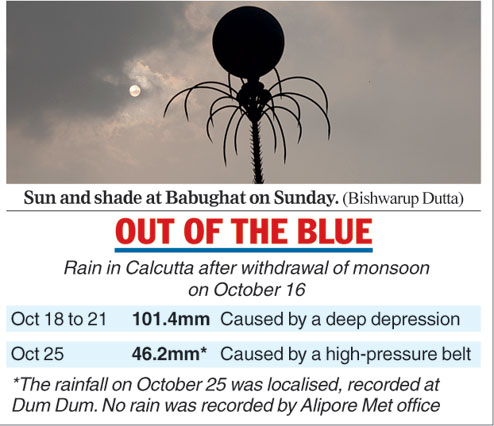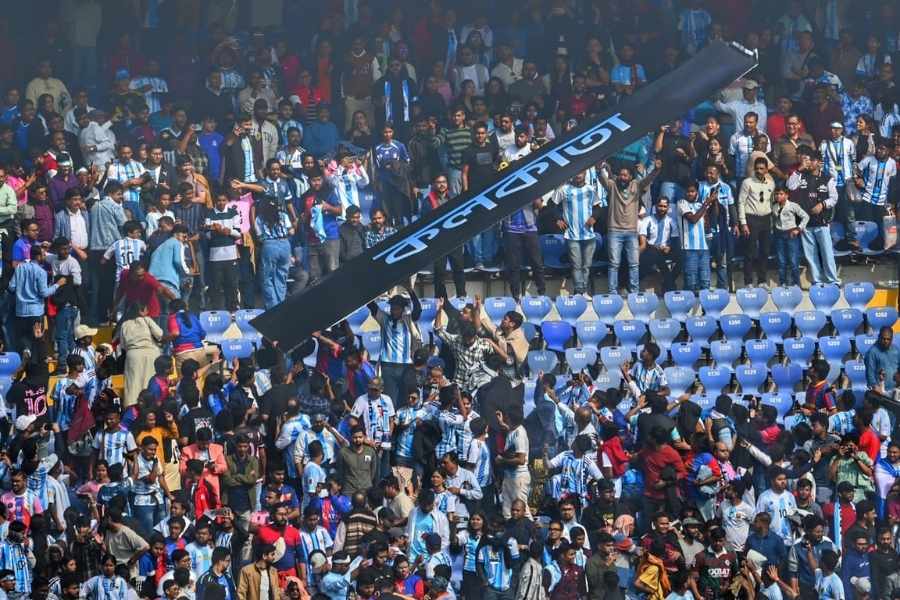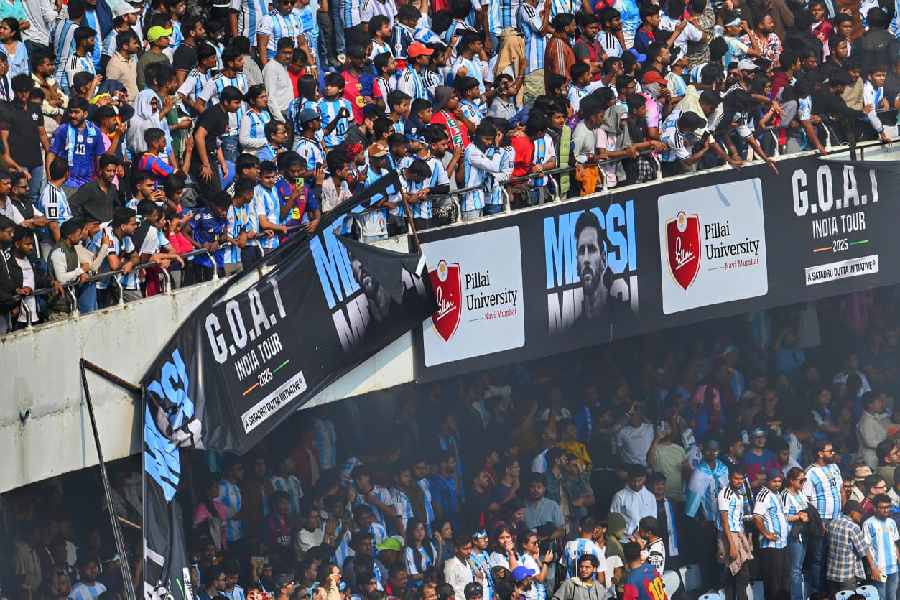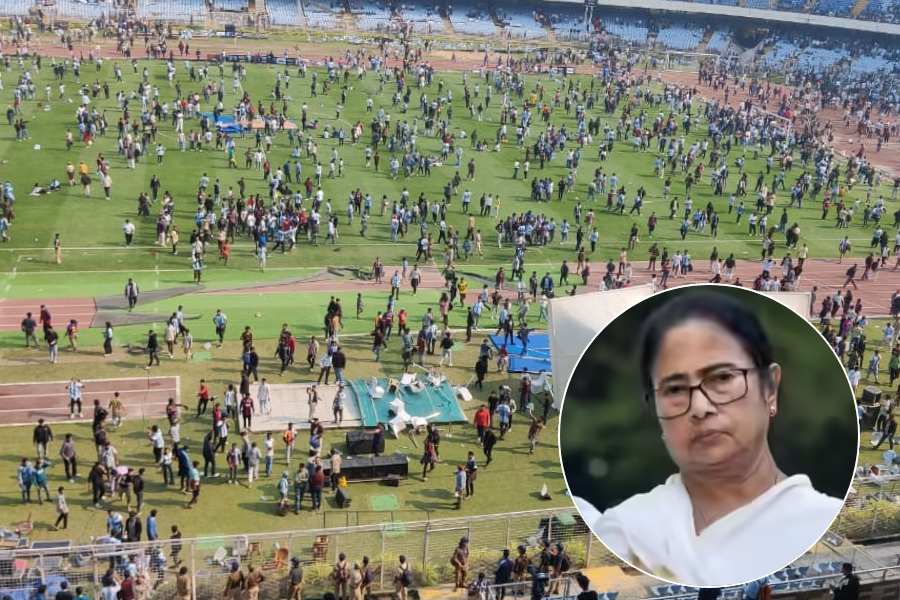
Phoolbagan: Crossover passages every 250m, passenger walkways and ventilation shafts - the underground tunnels of East-West Metro will have provisions for emergency evacuation, something the current Metro link lacks.
The East-West Metro route, from Howrah Maidan to Sector V, measures 16.5km. Around 11km of it is underground.
"Passenger safety is our first priority and we have kept provisions (for evacuation during emergency) according to fire and other safety standards," said Parshuram Singh, managing director, Kolkata Metro Rail Corporation (KMRC), the implementing agency of the project.
Metro takes a look at the underground safety system
Crossover passage
The existing north-south Metro has only one tunnel, through which both sets of tracks pass. East-West Metro has two tunnels.
Passages connecting the two tunnels, which will help passengers evacuate, have been built every 250m.
"The 11-km underground stretch of the Metro link will have around 25 such passages for passengers to switch tunnels during emergencies, such as a fire," a KMRC official said.
The passages, 5-7m in length, will have fire-proof doors.
"If there is a fire, passengers can be brought down from the train and evacuated through these passages. The fire-proof doors of the passages, once closed, will prevent smoke or flames from spreading from one tunnel to another," the official said.
There are, however, no such passages under the Hooghly. "If there is any emergency under the river, the passengers can be evacuated through Howrah station or the ventilation shaft on Strand Road," the official said.

Passenger walkway
Steel pathways with railings are being built on one side of the tunnel. The pathways - .75m wide, enough for a person to walk - are being built at a height of 1m above the floor of the tunnel.
"We have designed the pathways in such a way that they will be aligned with the train doors. If a train is stuck in a tunnel, the passengers will easily step on the pathways and walk to the nearest station or the passage connecting the tunnels," the KMRC official said.
The north-south Metro does not have any such pathway. Passengers have to climb down ladders fitted to the driver's cabins on both sides and walk on a narrow stretch of concrete beside the tracks.
"It's unsafe to walk like that because the third rail, which supplies power to the rakes, passes right beside the concrete passage," a Metro official
In East-West Metro, officials said, power supply will be automatically snapped and emergency lights and ventilation activated once a train gets stalled inside a tunnel.
Ventilation shaft
Ventilation shafts will be built at all six underground stations and also under Strand Road and Subodh Mullick Square. "The primary purpose of the shafts is to help circulate air inside the tunnels but they will also help evacuate passengers," the KMRC official said.
The ventilation shafts have been built every 750m.
"We have not built any passage connecting the tunnels under the Hooghly because the ventilation shafts at Howrah station and under Strand Road are close by," the official said.










